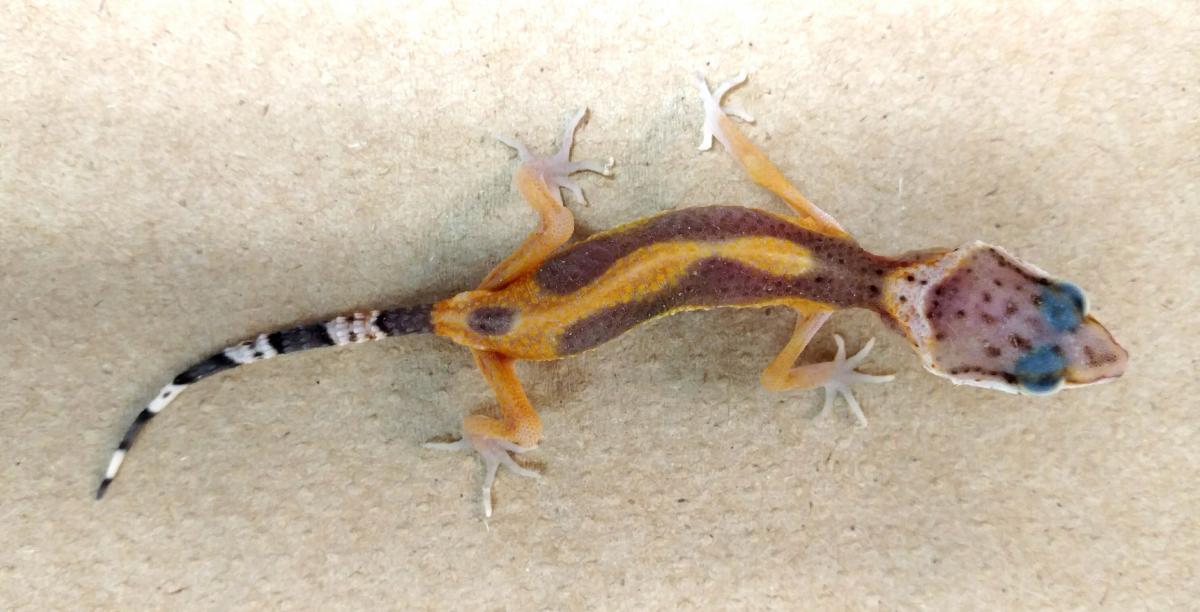Cryptosporidiosis in Reptiles
 Cryptosporiosis is caused by an internal parasite that can infect many different species of animals. It is caused by a protozoal, or one celled, parasite called Cryptosporidium. There are several species of Cryptosporidium, but the most commonly encountered in reptiles is C. serpentis. Cryptospordiosis is an important disease in reptiles due to its tendency to be highly contagious and high mortality rate.
Cryptosporiosis is caused by an internal parasite that can infect many different species of animals. It is caused by a protozoal, or one celled, parasite called Cryptosporidium. There are several species of Cryptosporidium, but the most commonly encountered in reptiles is C. serpentis. Cryptospordiosis is an important disease in reptiles due to its tendency to be highly contagious and high mortality rate.
Cryptosporidium spp. are microscopic protozoa, only 4-8 nanometers. They are difficult to see under the microscope and often go missed on fecal examinations. They colonize and inhabit the gastric and intestinal mucosa of infected reptiles. Transmission is by ingestion of cysts from fecal material or directly from a contaminated environment. Cysts last a very long time in the environment and are extremely resistant to most disinfectants, including bleach and chlorhexidine. Often only very strong ammonia solutions will destroy the cysts.
Clinical signs of Cryptosporidiosis in reptiles are extremely similar to that of other intestinal parasites. These include weight loss, loss of appetite, and diarrhea. As the disease progresses lizards often will start passing food undigested in their feces. Snakes often will start to regurgitate partially digested pray and many may develop swelling in the area of their stomach. However, other causes of poor digestion and stomach swelling do exist so other causes of these clinical signs should be ruled out prior to assuming a diagnosis of Cryptosporidosis.
Diagnosis is most often made by PCR or Polymerase Chain Reaction testing for the Cryptosporidium DNA in swabs from feces and vomit. This method has proven to be the most reliable method of detecting the parasite due to its small size. Diagnosis can also be made post mortem by acid fast stains of biopsies from the stomach and intestinal walls.
To date no effective cure for this infection has been found. Treatment by Paromomycin has shown to decrease shedding of infective cysts and control clinical signs for many animals, but eventually treatment fails and clinical signs return. Research is ongoing to find better alternatives for therapy and there is hope for better treatment options on the horizon.
Given the highly infectious and deadly nature of this disease, all positive animals should be considered contagious to others the remainder of their lives. They should not be used from breeding and be quarantined separate from all other reptiles. Many keepers opt for euthanasia due to concerns about the animals' quality of life.



